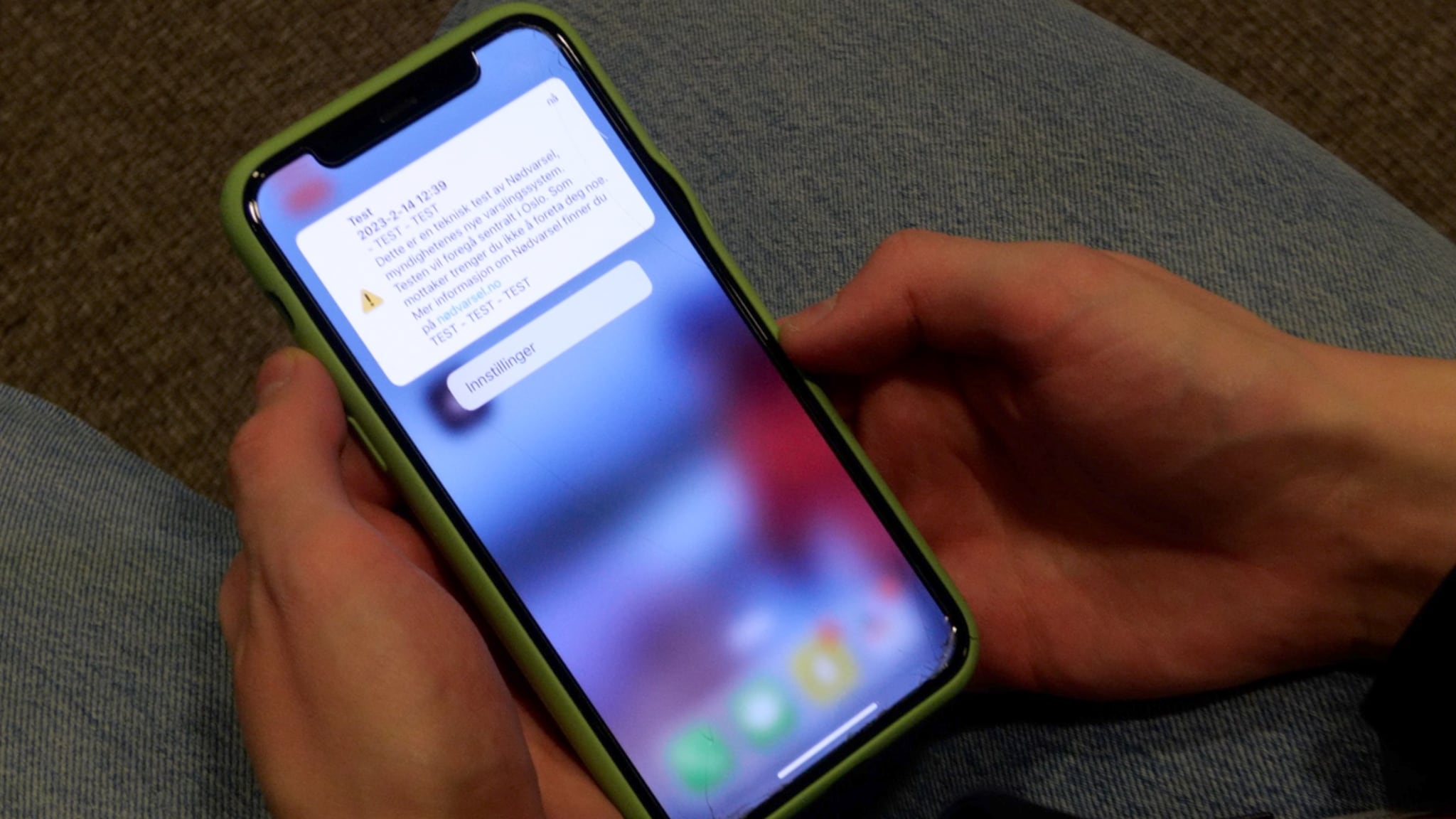On October 31, 2018, Anne Elizabeth Hagen (68) disappeared from Lorenskog. A threatening letter was left at the house in which further communications were requested via Bitcoin encrypted messages and encrypted emails.
The following year – in the summer of 2019 – it became known that her husband Tom Hagen had transferred more than 13 million Norwegian kroner in the cryptocurrency Monero to an unknown counterparty.
Tracing this deal was a key part of the investigation, now in its sixth year.
But there was a big problem: Monero is completely untraceable.
So far?
Secret recipe
These days a large-scale trial is taking place in Finland. Hacker Aleksanteri Kivimäki (26) was accused of a massive data breach at Finnish psychotherapy center Vastaamo in 2018.
According to the indictment, he stole patient information for 30,000 people and demanded a ransom in cryptocurrency.
The case received great media attention.
At the end of January he came out Exciting information from the police investigation: Central Criminal Police KRP believes it has been able to trace an untraceable Monero cryptocurrency transaction to Kivimaki, according to reports. MTV television station.
But the recipe for how they manage the matter will not be shared by Finnish police with the public.
-Monero tracking is confidential information. It is part of the investigation into the Vastamo case, and was an important part of the evidence at the trial, investigation head Marko Lipponen tells VG.
The police sent Bitcoin
However, the Finnish media has written a lot about how the police behaved.
In 2020 – when the data breach was not yet publicly known – KRP investigators decided to take an unusual step:
They sent 0.1 Bitcoin to the address demanded by the Vastamo blackmailer to receive the ransom. They then began extensively tracking the amount they sent.

The blackmailer is said to have sent the amount to an exchange service – a transaction to which KRP requested access. They are said to have received only limited information, but were told that the amount of Bitcoin had been exchanged for Monero, and were then arrested. It is sent to the so-called “wallet” – the digital wallet.
Transferring the amount to Monero was bad news for investigators. This type of cryptocurrency has built-in functionality blockchain This makes it impossible to track transfers.
But this is what Finnish police believe they have solved.
– How the police did it is a top secret, says investigation chief Lipponen.
– He has not been contacted directly
Regarding the Lorenskog case, the Norwegian police stated that they hope to be able to dismantle the technology behind the coins – and in this way reveal the counterparty.
VG asked a number of questions to the investigation department in the Lørenskog case, including whether they were aware of the news coming from Finland, whether they were in contact with the Finnish police and whether they considered the method applied in the Lørenskog case.

Prosecutor Guru Holm Hansen did not answer individual questions, but emailed a brief answer:
– International police cooperation is important, and we work for and seek available opportunities. Technological advances and cooperation with other countries can help solve serious criminal cases, including this one. There is an ongoing effort to improve skills, methods, and techniques for investigating encryption and anonymization technology.
Finnish investigation leader Markko Lipponen says they have not heard anything from Norwegian police regarding the Monero hack.
– We were not contacted directly, but this does not mean that they did not contact the Finnish police, he says.
Managing silent investigations
VG requested a comment from Holm Hansen that the Finnish Investigation Department has not been contacted.
– It is not normal for us to comment on specific international cooperation, but it can be assumed that in the investigation one follows up and contacts all relevant professional circles that may have information of interest to the case, she writes in an email.
Finnish police's Lipponen says they are ready to assist the Norwegian police if needed.
– Of course we help when the police ask for help. We always want to help if there are no obstacles due to ratings.

The National Cyber Crime Center (NC3), the police spearhead in the fight against cyber crime, has worked closely in the investigation into the disappearance of Anne-Elisabeth Hagen.
In an email, Jonas Fabritius Kristoffersen, Kripos's press contact, wrote that Kripos and NC3 are constantly developing methods and are cooperating closely with other countries within Europol and Interpol, among others, where appropriate.
– The value of exchanging experiences and methods with cooperating countries is great at a time when technology is developing rapidly. He adds that for method protection reasons, we do not want to comment on the individual methods being used or tested.
VG has been in contact with Alexanteri Kivimäki defender Peter Jaari. He says he cannot comment on how the police claim to have tracked Monero, but stresses that he and his client dispute the outcome.
Read also

“Web specialist. Lifelong zombie maven. Coffee ninja. Hipster-friendly analyst.”




